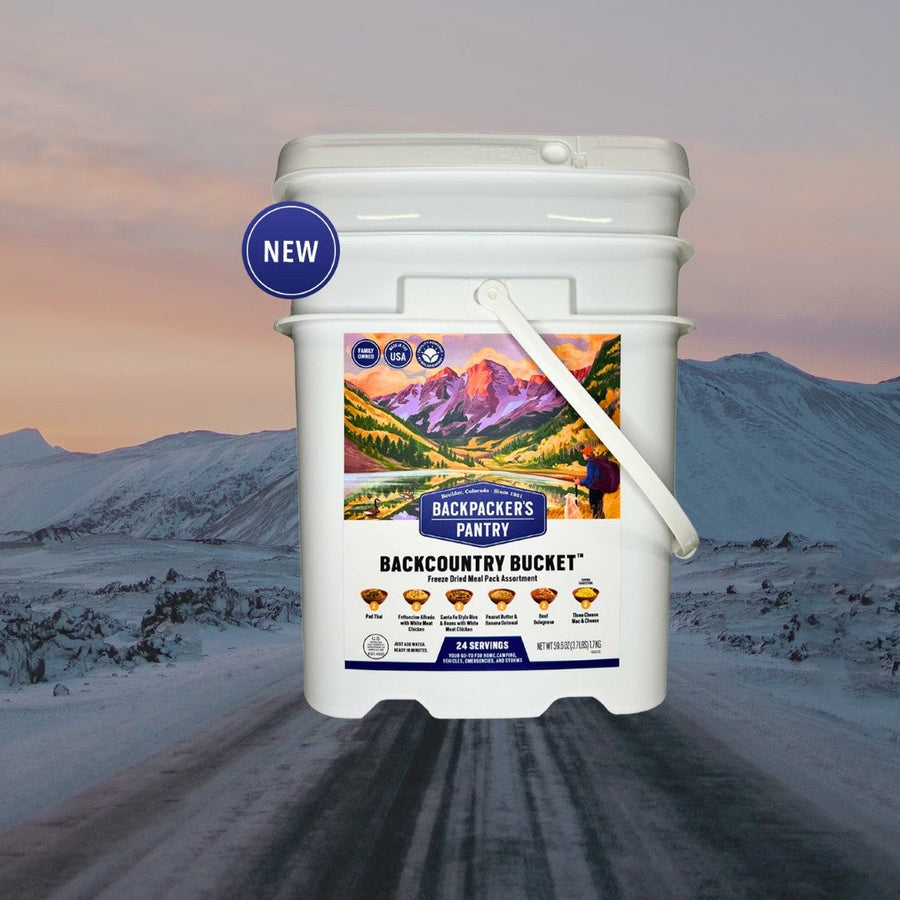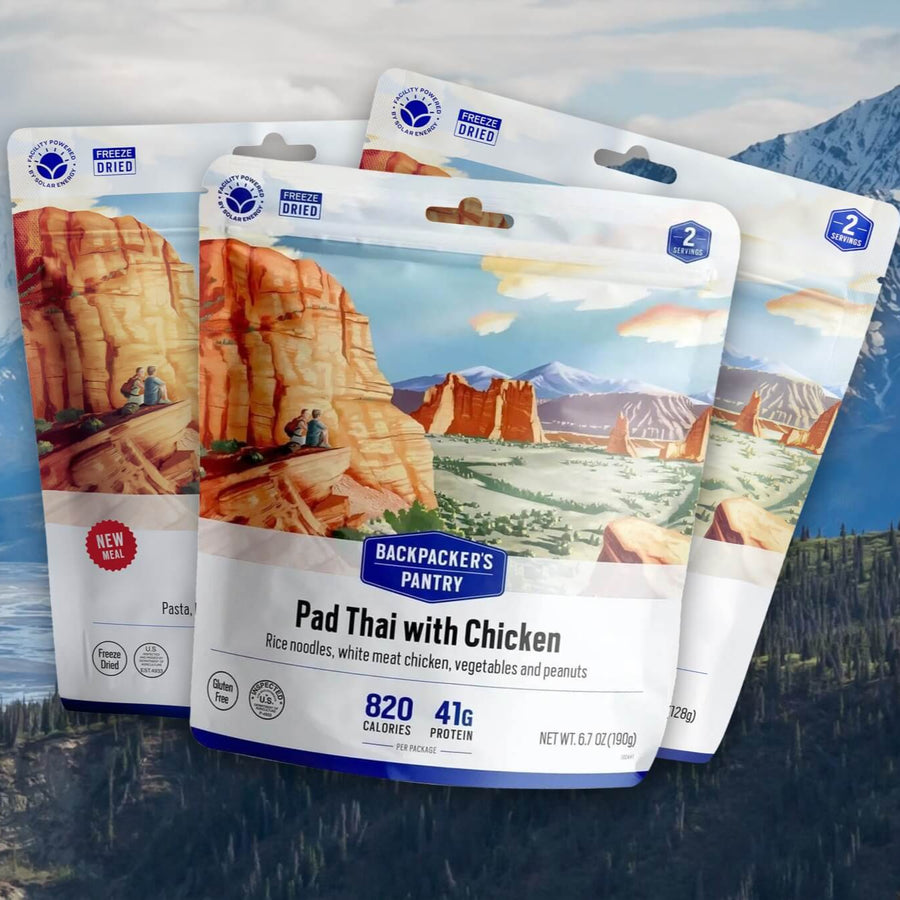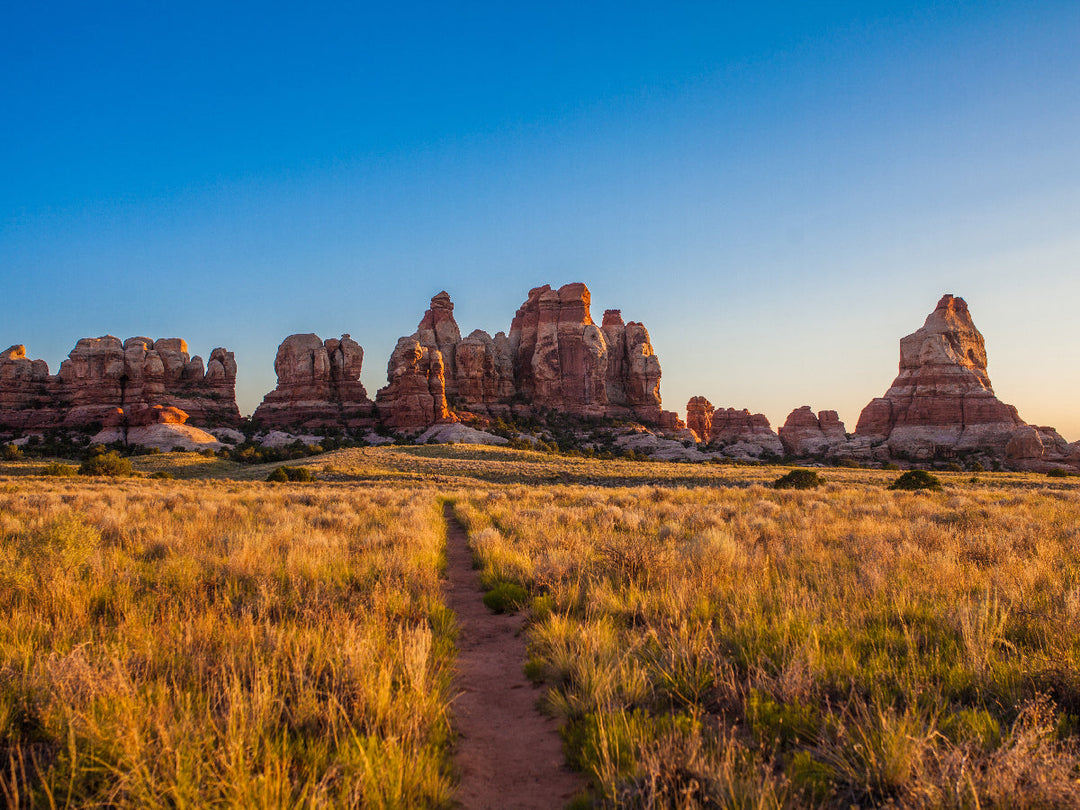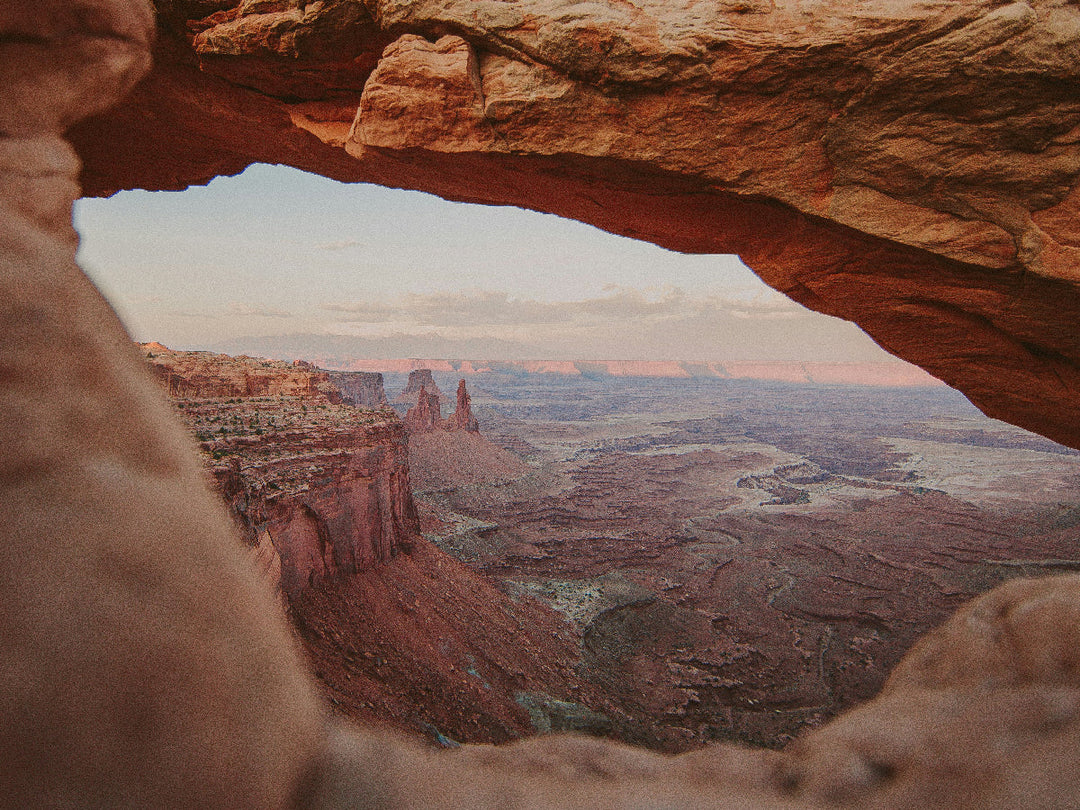How to Plan Your Food For Thru-Hiking - Advice From Experts
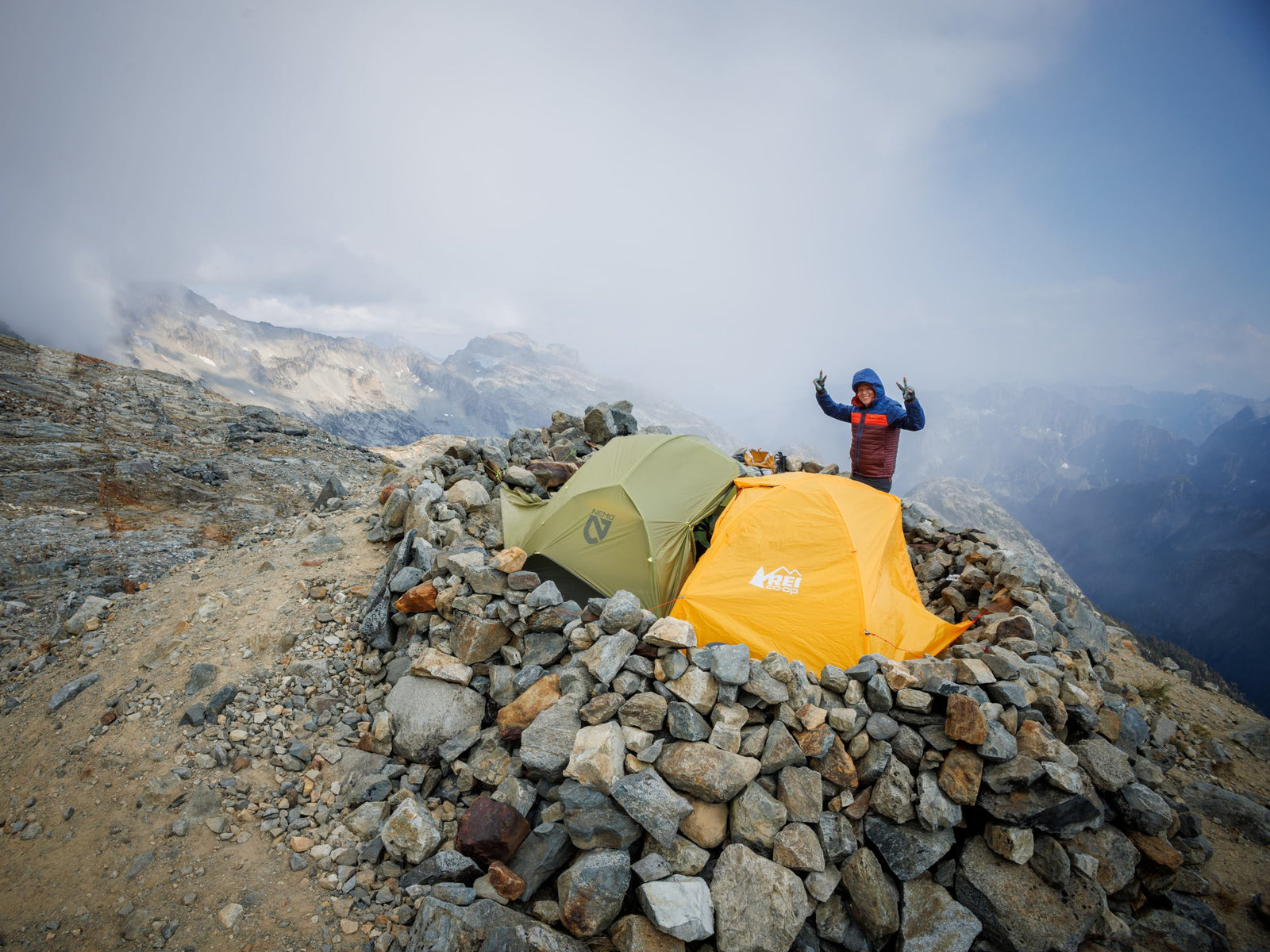
In this blog, we dive deeper into the topic of food supply and planning. Whether you’re a hiker yourself, or looking to send the perfect resupply box to a hiker friend, we will offer you tips and considerations to make sure you or your hiker is eating well. To do so, we asked three well-seasoned hikers about their tips for anyone considering a thru-hike. Their advice:
- Don’t settle food-wise on the trail - enjoy your meals and carry food you’ll look forward to after a long day of hiking
- Allow for flexibility in your food system - plan for some wiggle room to satisfy your hiker-hunger cravings
We also broke down some of the steps that go into planning your meals, packing up, and getting ready to hit the trail.
Expert Advice
Our first response is from Barney Scout Mann, author of Journeys North and all-around outdoor adventure advocate. Barney has been backpacking for 50 years, has completed the Triple Crown (having hiked all three long-distance trails in the USA. - the Appalachian Trail, Pacific Crest Trail, and Continental Divide Trail). Along with his wife and hiking partner Sandy, he's hosted thousands of aspiring thru-hikers at his home near the PCT's southern terminus. At over 70, Barney has the below advice for his younger self regarding food on the trail:
"If I could go back to myself during the first few years I was backpacking I would tell him: Backpacking food can taste good. Holdout for better. It can be so much more than pilot biscuits, powdered eggs, packets of things that taste like salted cardboard. Experiment at home. Watch others on trail and shamelessly copy them. Consider investing in a food dehydrator. Find which off-the-shelf Backpacking food companies do not just spend their money on pretty food photos and fancy dinners names. Hey little Barney, you deserve to carry food on your back that you really look forward to."
Zach Davis, Founder & Editor-In Chief at The Trek and author of the book Appalachian Trials has been hiking for over a decade. He now has a podcast called Backpacker Radio, in which he and his co-host talk to fellow thru-hikers and other outdoor industry personalities about backpacking. Zach’s advice on food:
"Allow flexibility in your food system. The most common mistake people make regarding their food strategy is buying all, or even most, of their food in advance. Cravings happen in mysterious ways over the course of a long-distance backpacking trip, and it's impossible to predict what you'll have a taste for months or even weeks into a trek. It's not a desirable feeling to reach camp after a long day on trail and have to force down a dinner that you can hardly stomach. Sometimes circumstances dictate that you'll have to mail yourself a full resupply, but in most instances, allowing at least some wiggle room to buy food that satisfies the latest cravings is going to be a hiker's best bet."
Finally, we heard from Savannah Schuring (IG: @hiker_sav), an accomplished thru-hiker, public speaker, researcher on thru-hiker motivation and backpacking coach, who had similar advice to Zach about food. For her, it’s all about food diversification:
"One thing I learned was to diversify my foods. I've always mailed my resupply boxes for dietary needs and things like iron for my anemia, but after getting so sick of my homemade dehydrated meals and giving away my dinners in the beginning (plus seeing people give away all their food after resupply #2 for the rest of their hike because they were tired of their food) I now change up my snacks every 1-2 months on the trail so I'm getting new flavors and different foods. Dinners are usually freeze-dried and different each night, if possible, even if they repeat themselves within a resupply."
How to Plan Your Food For a Thru-Hike
Plan for Variety
As the experts above explained, when you're planning your food strategy, it's essential to plan for variety. Eating the same food every day can become boring quickly, and you may lose your appetite. Plan for a variety of foods, flavors, and textures to keep your taste buds interested. Backpacker’s Pantry has just the variety you need to be excited for your meals even on a long journey.
Plan your Resupply Strategy
Depending on the length of your hike, you'll need to plan for resupplying food along the trail. You can either send yourself packages to post offices or resupply at stores along the way. Research the trail and plan your resupply strategy accordingly. Most thru-hikers resupply roughly every 3-5 days.
Test Your Plan Before You Go
Before embarking on your thru-hike, test your food plan. Try eating your planned foods for a week or two to see if they meet your nutritional needs and taste preferences. While testing at home is great for planning, make sure to take into account the different caloric needs of being at home versus out on the trail.

Calculating Your Daily Calorie Needs for Thru-Hiking
When backpacking, your body burns a lot of calories, and you need to consume enough to keep going. The number of calories you need will depend on several factors, including your weight, height, age, gender, and the intensity of your hike. On average, a backpacker may need to consume anywhere from 3,500 to 5,500 calories per day. Learn more about how many calories you burn while hiking. This number can vary greatly depending on individual factors and the difficulty of the hike. For example, a larger person carrying a heavier pack on a strenuous hike will burn more calories and require more food than a smaller person on an easier hike.
To calculate your daily calorie needs for backpacking and thru hiking, you can use an online calorie calculator. However, keep in mind that these calculators provide only an estimate, and you may need to adjust your calorie intake based on your individual needs and experience on the trail. We can’t stress enough that you should be testing and figuring out what works best for you - especially before you embark on a thru-hike. To give a baseline, an average thru-hiker must consume about 4,000 calories per day to avoid losing weight.
It's also essential to remember that the quality of the calories you consume is just as important as the quantity. When backpacking, it's crucial to eat nutrient-dense foods that will provide you with the energy and nutrients you need. Some examples of nutrient-dense foods include nuts, seeds, dried fruits, jerky, cheese, and whole-grain crackers, alongside Backpacker’s Pantry meals. In addition to calorie intake, it's also important to stay hydrated on the trail. Carry enough water and consider packing electrolyte replacement supplements to help replenish lost nutrients.
Final Thoughts
There you have it! Everyone has different dietary requirements and preferences but one point is clear - don’t settle! If you are hiking 8-10 hours every day for months at a time make sure you’re fueling your body with food you enjoy. And remember that hiker-hunger is real. It’s great to go into a thru-hike feeling prepared, especially for those areas along the trail where you know a resupply isn’t going to be available. But don’t over-prepare to a point where you aren’t allowing flexibility to have cravings - because you will!
